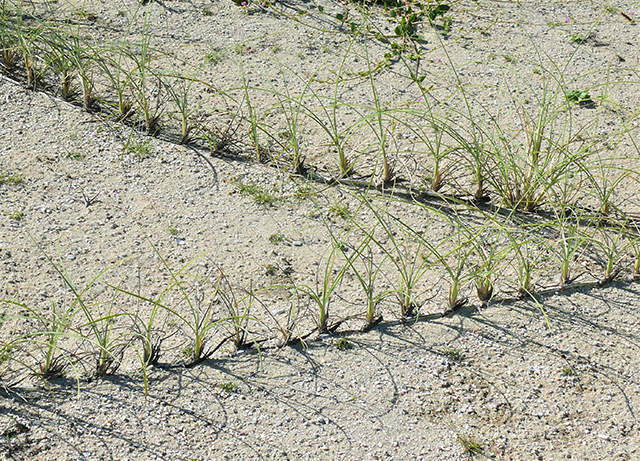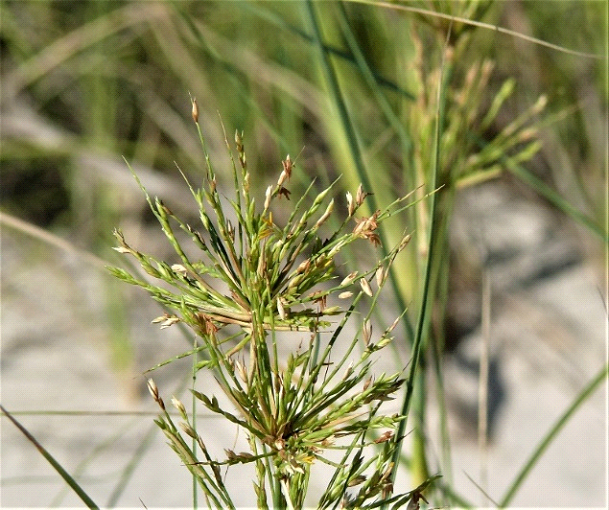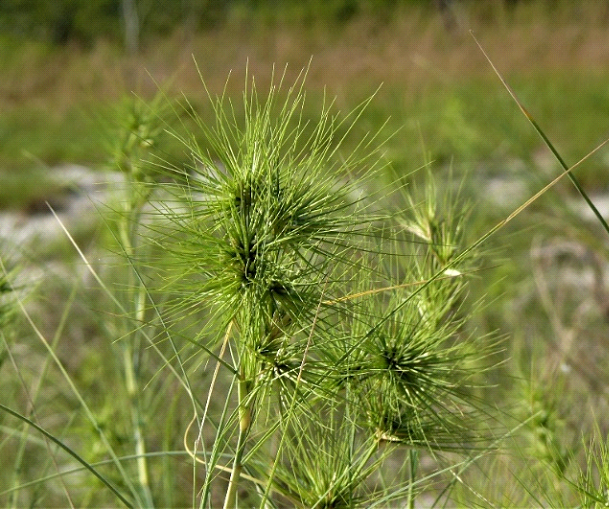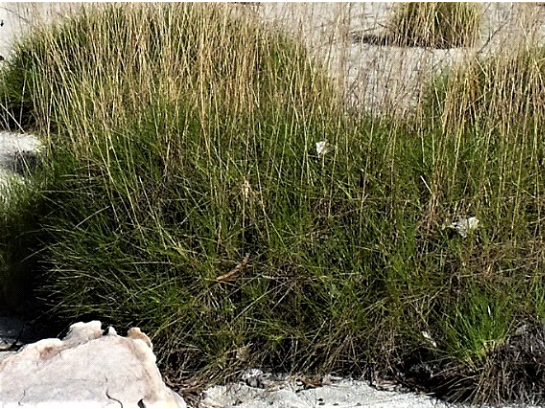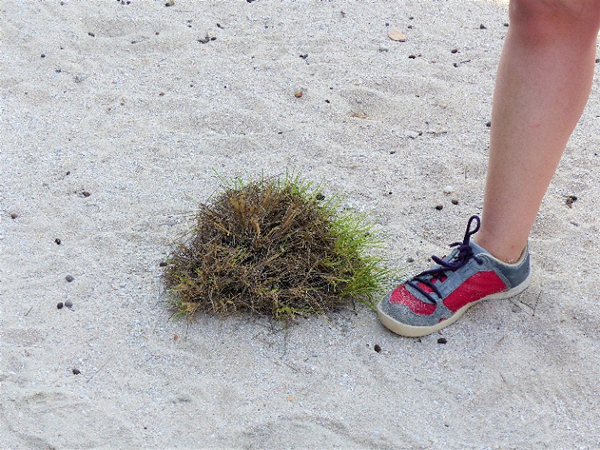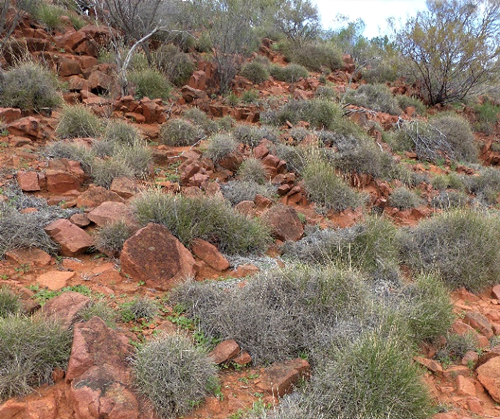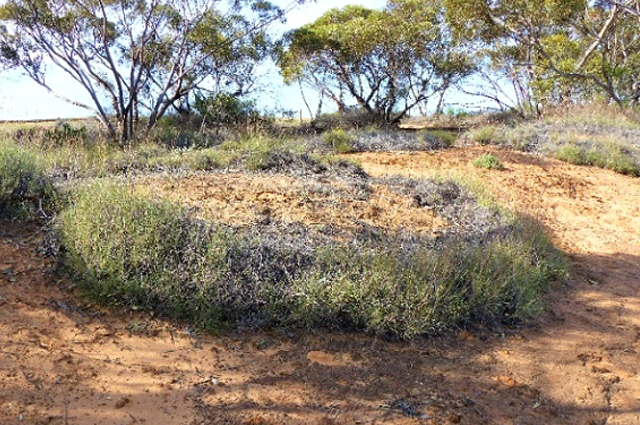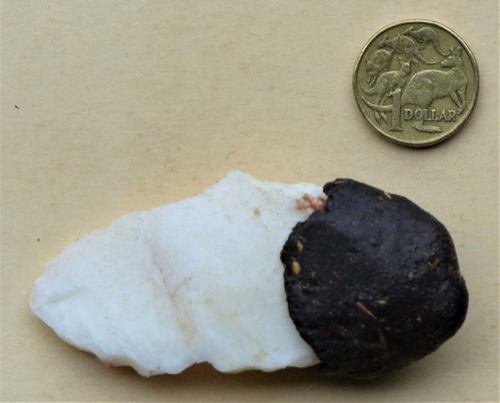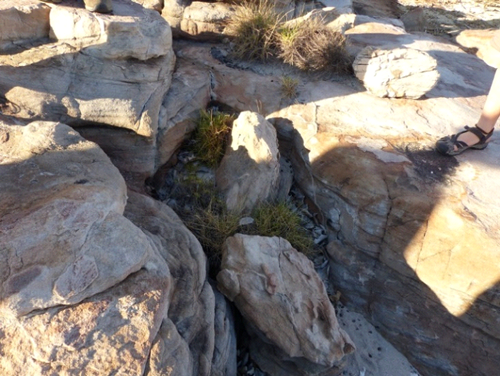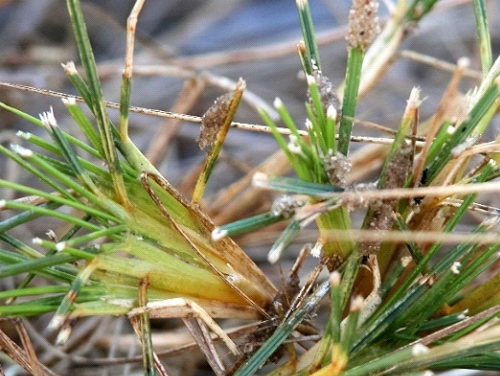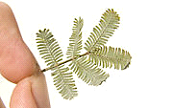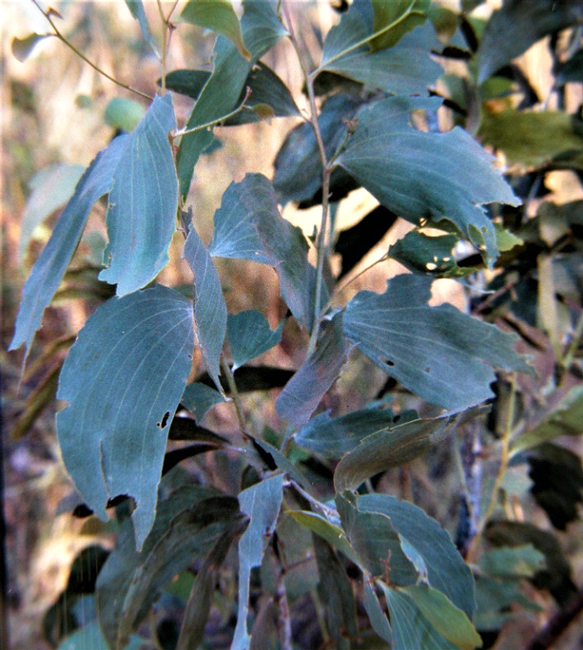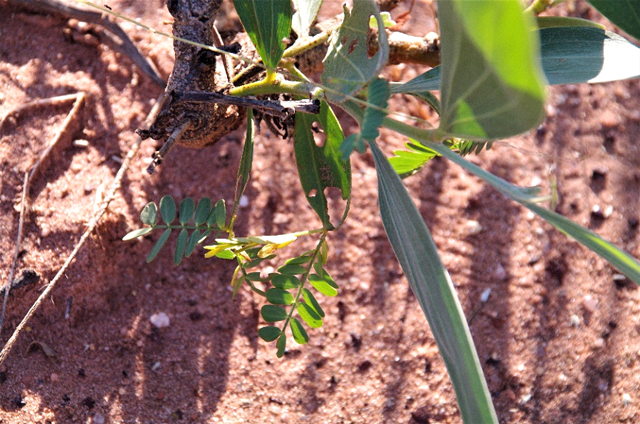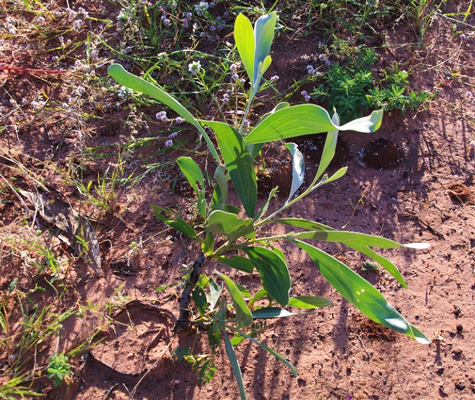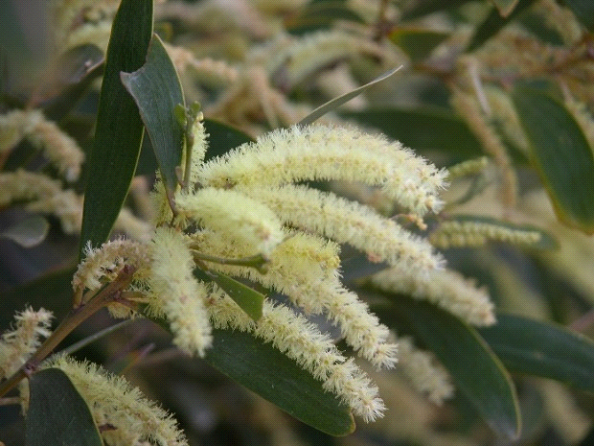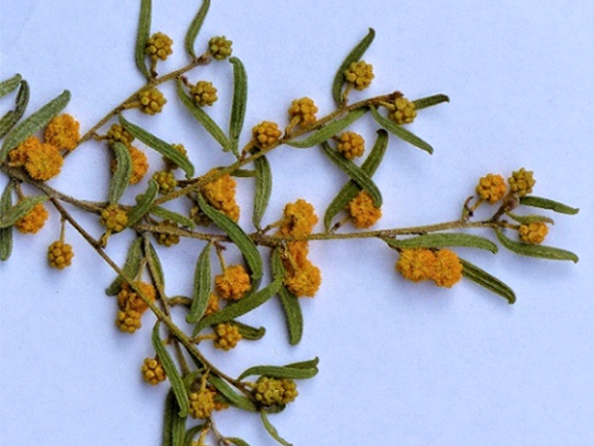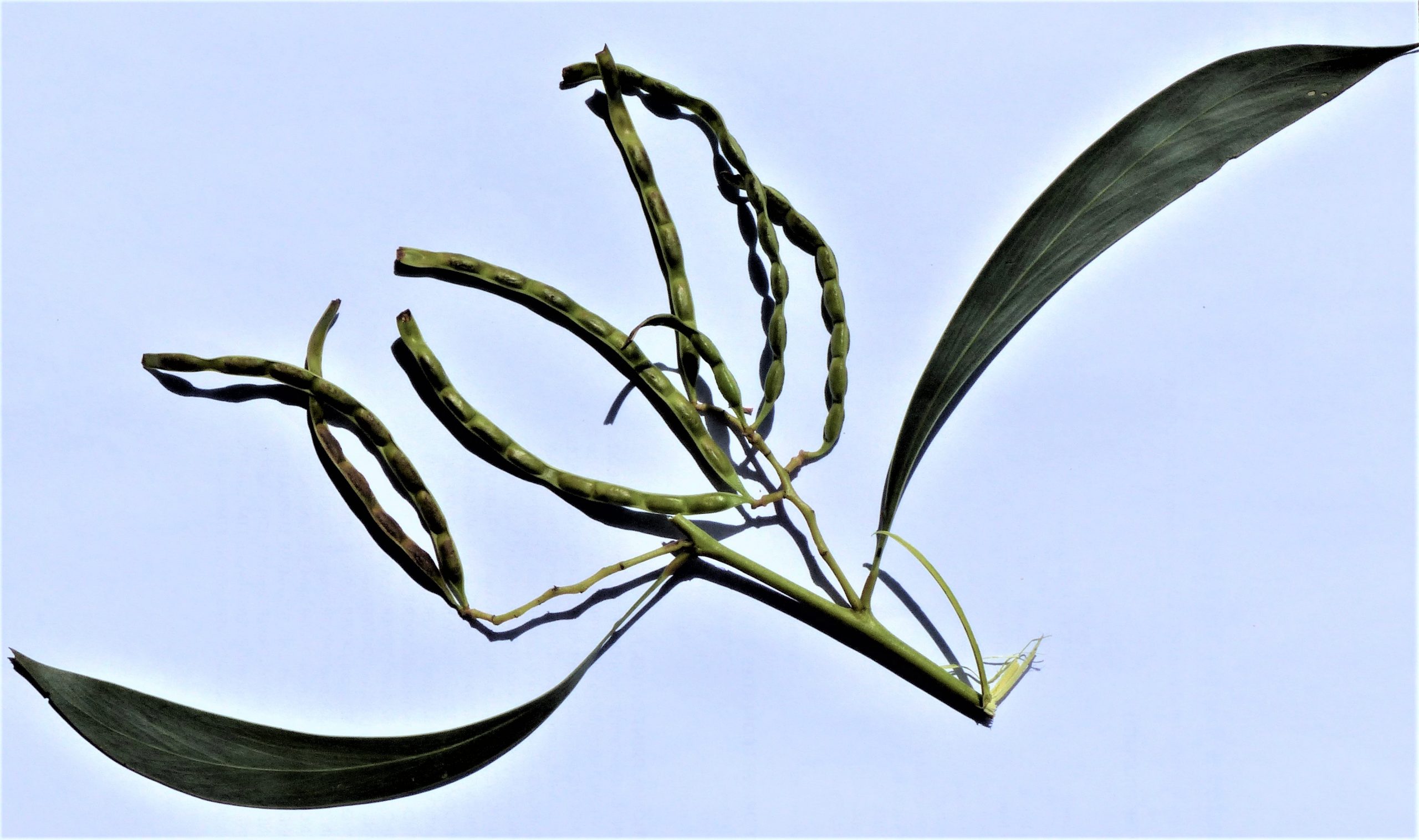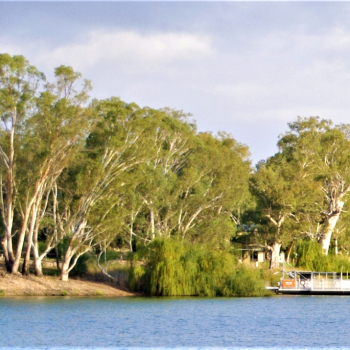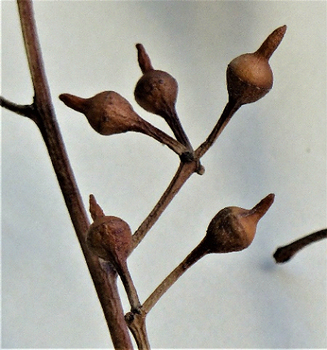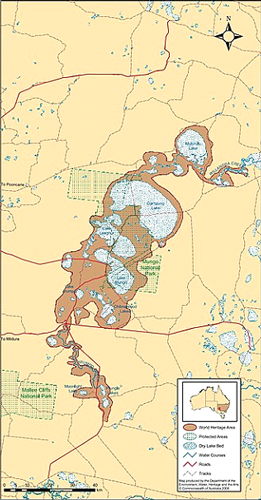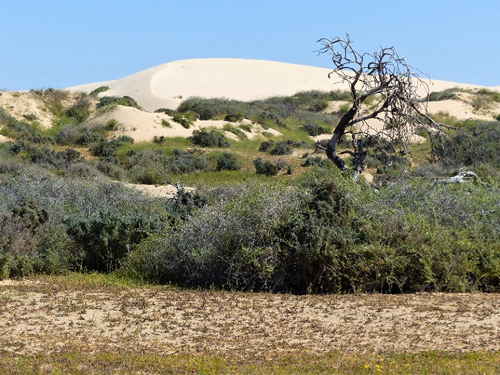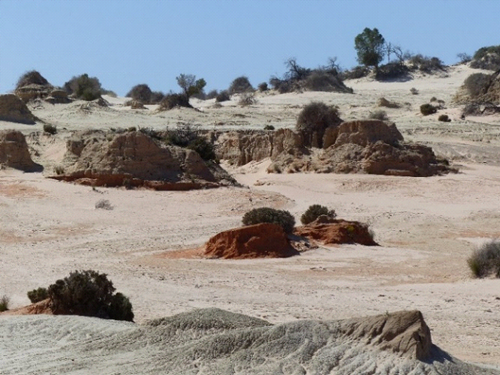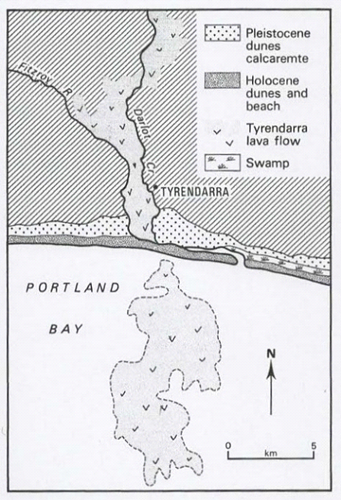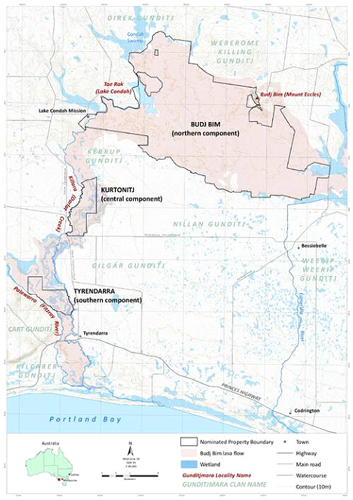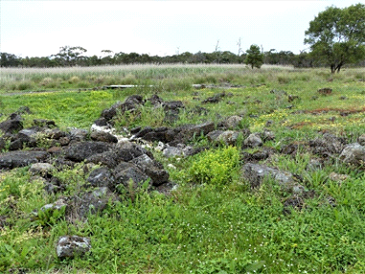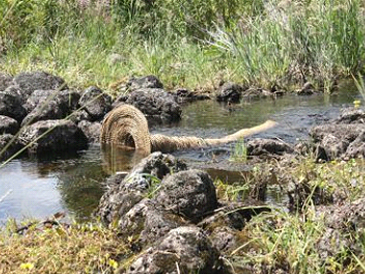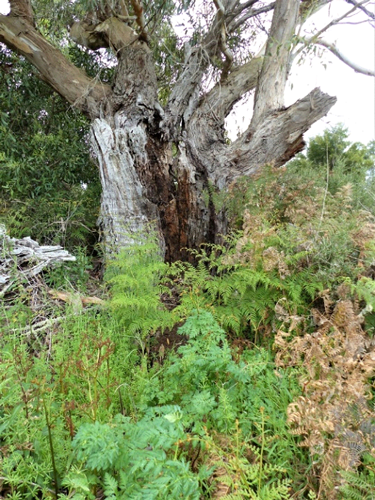Background briefing – The Flinders Ranges, South Australia Notes for travellers on the landscapes and natural history #4
Flinders Ranges- European discovery and naming
Rocks and Landforms -old and diverse
Drive through Brachina Gorge -a journey in time
Fossils
Modern Plants and Animals in the Flinders
Arkaroola and the Gammon Range
A W (Sandy) Scott. Nov. 2020
Inland from the Fleurieu, Yorke and Eyre Peninsulas of South Australia are two interesting travel destinations that have qualities attractive to nature loving adventurers and to geologists. In the west are the Gawler Ranges and in the east are the Flinders Ranges, and the latter are the focus of this article.

Flinders Ranges- European discovery and naming
The Flinders Ranges were named after Matthew Flinders during his sea survey explorations along the south coast of Australia in 1802. In Investigator Flinders sailed to the north of Spencer Gulf, about 30 km south current Port Augusta and realising the Gulf was narrowing and getting shallower anchored in Yatala Harbour. Next day a shore party, led by his naturalist/botanist Robert Brown, along with landscape artist William Westall, gardener Peter Good, illustrator Ferdinand Bauer, geologist John Allen and two servants walked northward over the hills to climb what was later named by Flinders, Mount Brown (960 m).
From this point near the southern end of the Flinders Ranges, Brown would have observed the high country to his east continued to the north but unlike the Adnyamathanha traditional owners of this hill country, neither he nor the rest of the shore party would have had any idea of their total extent. In fact, we now know that this string of mountain ranges extends over 400 km from north to south. In a report, published 1839, State Governor George Gawler referred to these ranges as, ‘Flinders Ranges’, a feature now very well-known and regularly visited by South Australians and on the ‘wish-list’ for many other travellers from further afield.
While Brown walked inland, Flinders travelled by cutter with his surgeon Hugh Bell to explore locations at the head of Spencer Gulf. They spent overnight just short of the present location of Port Augusta and next morning they progressed north until the boat men’s ores could touch the side of the channel -they had arrived at the head of Spencer Gulf.
Today this point appears to be about 10km north of Port Augusta. A little south of this point Flinders stopped to take compass bearings, and one of his key points was Mount Arden (839m), north-northeast of their current position on the western side of the Flinders Ranges and almost due north of Mount Brown.
Rocks and Landforms -old and diverse
The rock formations in Flinders Ranges, like the Mount Lofty Ranges to their south, began within an extended period (870 Ma (million years ago) to about 500 Ma) over which several types of sediments were deposited in shallow waters by rivers in a series of slowly sinking shallow troughs. Over time the compressed sediments became the sandstone, quartzite, limestone, siltstone and mudstone, rocks we see making up the ranges formation today.
Subsequent earth movements pushed the sedimentary rock formations from their original horizontal position upwards with much fracturing and folding of the rock to form hills and valleys. Once exposed, weathering and erosion removed the less resistant rocks like siltstone leaving the formations of harder sandstones and quartzite. It is the latter rock types that are most visible where they protrude as ridges and crags or get exposed following creek bank erosion. Valleys have often developed where the ’softer’ sediments were once found.
Folding occurs when earth movements compress the formations horizontally to form wave like patterns with crests (anticlines) and troughs(synclines). The syncline that forms the magnificent feature Wilpena Pound, is dish shaped and several kilometres across. On a much smaller scale we also see folded rock with just metres between successive anticlines.
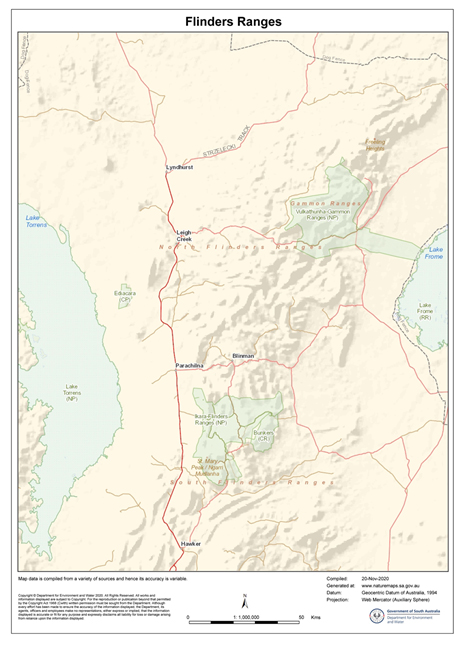



Folding has been a most important process in the origin of many local landforms with several of the fractured upswept masses becoming cliffs at the top of ridges as in the Flinders’ Great Wall of China.


Earth movements producing faulting, may compress or stretch brittle rock formations resulting in joints that divide the original horizontally positioned rock strata into displaced blocks of rock with one side of the fault rising above an originally flat surface. Alternatively, the original formations may be subjected to sideways forces that move parts laterally horizontal with displacement along the fault line ranging from a few centimetres to many kilometres.

Over time weathering, erosion and soil formation may mask past faulting but when recognised by a geologist is represented on maps as straight black lines. On the other hand with folded rocks, anticlines are indicated of a map as a pair of arrows pointing in opposite directions and synclines as two arrows pointing toward each other.
Drive through Brachina Gorge -a journey in time.
Driving along Brachina Gorge displays many of the physical features mentioned above and folding has exposed a sequence of 17 different rock formations by tilting them from a horizontal position with the youngest formations at the top in the west and successively older formations beneath.
When travelling from east to west all 17 tilted formations are crossed beginning at the eastern end with the oldest, Precambrian rock, and ending with a limestone from the Cambrian Period formed 130 Ma later. Explanatory interpretation boards along the way name and describe the diverse formations.

The gorge has been cut down through the weathering and erosion actions of Brachina and several smaller creeks with the eroded sediments being carried westward out of the gorge and across the slopes toward Lake Torrens. In many cases the direction of the creek is influenced by the resistance of rock to weathering -with the most resistant formations causing the creek to change direction. During the hotter seasons the bed of the creek (which serves as the road in places) is generally dry.
Fossils
Two of the rock formations in Brachina Gorge bear fossils of great age. The oldest of these are Stromatolites a life form that grew as thin films of Cyanobacteria, bacteria like organisms, that lived in shallow saline sea and able to carry out photosynthesis. The films of cells collect and bind with sediments to forms multilayers that build up over 1,000s of years and depending on the species of Cyanobacteria involved, form a solid cemented flat, cone shaped or dome like structures.
While these particular Stromatolite fossils lived less than 1,000 Ma (Millions of years ago) older members of this group, found elsewhere, are known to have been 2,500 Ma old making them one of the earliest organisms. Their significance does not end there. Photosynthesis results in the-production of Oxygen and over the millions of years Stromatolites oxygenated the water. Once saturated oxygen ‘escaped’ for the water to the atmosphere so providing a habitat suitable for a new suite of organisms -the aerobes. Aerobes are organisms that survive and grow in an oxygenated environment.

Modern day relatives of these Stromatolite species are found in shallow hypersaline waters that are also very rich in calcium carbonate leached from the local sand that is itself carbonate rich. The best known stromatolites are those in Hamlin Pool at the southern tip of Shark Bay.


The other set of local fossils of note along Brachina Gorge are the Ediacaran group, the world’s first complex multicellular animal life with specialised tissue. These fossils formed as casts on the surface of stromatolite mats and are most numerous in the last phase of the Neoproterozoic Era, the recently named Ediacaran Period lasting from 635 Ma to 541 Ma. Early studies believed that their soft bodies bodies were preserved as fossils by being enclosed in fine sediments however the details of their fossilisation is far from settled.
Ediacaran species vary in shape and oval ones may range in diameter from 1 to 70 cm. Species are relatively wide-spread and found as fossils in Russia, Canada, Mexico, England and Ireland. They were first discovered by South Australian geologist Reg Sprigg in 1946 and have been named after the Ediacaran Hills on the western side of the north Flinders Ranges where Reg made the discovery of what he initially thought was a sea jelly (jellyfish) fossils. The rock bearing these fossils is also found in the Flinders Ranges and is known as the Trezona Formation. It is exposed in Brachina Gorge and reveals Ediacaran fossils.

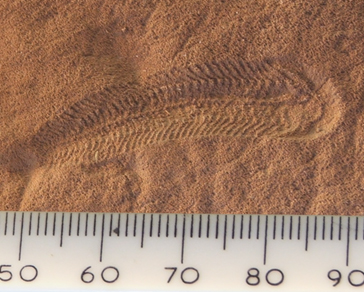
A Golden Spike is ‘(a) geologic marker created by a global event that leads to long lasting global changes recorded in the geologic record that can be used to indicate a change in a geologic time division such as an epoch, age, era.’ (Wikipedia Commons). One of these spikes is found in the Flinders Ranges indicating the geological importance of this discovery.
This ‘spike’ is the 64th in the World, it marks the discovery of the rock strata in which Ediacarans are found and what is now recognised as Ediacaran Period from 635 Ma to 541 Ma. The spike was embedded near Ediacaran fossils along Trezona Creek, off the Brachina Gorge Road in the Flinders Ranges in 2004. South Australia may therefore claim this as a ‘First’ for itself, Australia and the Southern Hemisphere given that most other similar geological events (e.g. for the Jurassic, Ordovician, Cambrian and Devonian Periods ) were over a century ago in Europe, Britain and north America when identifying newly found rock formations and their fossils.
A wide range of Ediacaran species were also discovered on Nilpena Station south of the Ediacara Hills (a western outlier of the Flinders Ranges). Very recently some 60,000 ha of this property was purchased through South Australian Government sources and private donations and this has been set aside as the Ediacara Conservation Park (and hopefully out of reach of illegal fossil hunters). This site is currently under scientific investigation and may only be visited in organised groups.
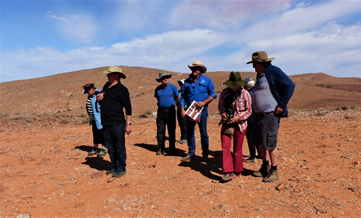
Modern Plants and Animals in the Flinders
The landscape diversity in the Flinders has resulted in a great variety of plant communities. The mostly dry creeks for example are lined with huge river red gums or upland woodlands of cypress pine. While the National Parks generally support natural plant and animal communities many other parts of the Flinders Ranges have been cleared and used for sheep grazing.

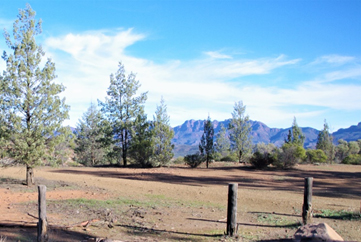
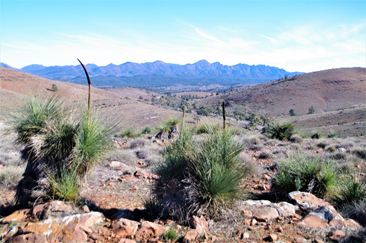
Following winter rain hectares of land in Ikara-Flinders Ranges National Park is often covered with masses of blue flowered salvation Jane (Echium plantagineum) , an introduced plant usually considered to be a weed and so it is given its alternate common name, Patterson’s curse. The natural vegetation of the floor of Wilpena Pound, a well visited site in the south of the Park, is dominated by a low woodland of White Cypress-pine and Eucalyptus intertexta, commonly known as gum-barked coolabah, with many other understory shrubs and herbs including salvation Jane. Most of the native plants have regenerated since sheep grazing and cropping ceased within the Pound and more generally within the Park as a whole.
Emus and red and grey kangaroos are plentiful on the grassy plains, euros (hill wallaroos) on rocky outcrops and flocks birds like galahs and white corellas are common. Beside these more common species the yellow-footed rock-wallaby may be spotted high up rocky crags and there are many smaller bird species and reptiles for those willing to sit and look.
Arkaroola and the Gammon Ranges
Within the main section of the Flinders Ranges, Blinman is the main central settlement, Hawker is to the south and Arkaroola is in the north Flinders. The Ikara-Flinders Ranges National Park in the central-north of the Ranges has a large campground and resort and its most popular attraction, Wilpena Pound, in at its southern end. Ransley Park Station, another well visited centre is just outside the park to its south.
Like the other settlements Arkaroola is a popular destination for travellers and has many attractions related to wildlife, astronomy, mining history with several interesting drive and walking opportunities. This northern section of the Flinders Ranges is often referred to as the Gammon Ranges, and the Vulkathunha-Gammon Ranges National Park is just to the south of Arkaroola.
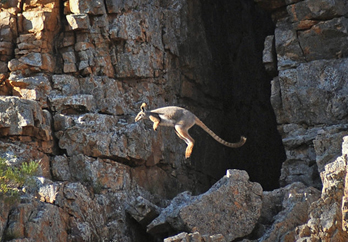

Arkaroola was bought as a property by Reg Sprigg and family with the aim of creating a wilderness sanctuary. About the time of purchase (1968) feral goats were numerous and a threat to the yellow-footed rock wallaby. The goats lived on similar shrub and grasses to the wallaby and sheltered in the caves and overhangs of rocky outcrops the wallabies used as their cool daytime retreats. At the time of purchase feral donkeys and camels were also common in the area, foxes were numerous along with feral cats. Foxes and cats posed a direct threat particularly to young wallabies.
Fencing and elimination of the large mammals was successful with poisoning and shooting to reduce fox and cat numbers. Regaining their habitats and the removal of predators has allowed the rock wallaby to resume its habitats on Arkaroola. A depletion of foxes and feral cat numbers help reduce the threat to other small mammals like several bat species, species of the dunnart (a small carnivorous marsupial), smaller reptiles and many bird species.
For the visitor there are accommodated and camping facilities and many spectacular hill-top views including those across to Lake Frome. There are hot springs at Paralana north of Arkaroola and their Radium content indicates the presence of radioactive minerals. Geologists believe Uranium from here was leached from its source and accumulated in ancient drainage channels in economic proportions away from the hills. This is now extracted at the Beverley Mine located east of the hilly country about 35 km from Arkaroola. Here the mineral is brough to the surface, not through digging, but pumped in an acid solution from which the ore may be then extracted.
Copper mining and processing also occurred just west of Arkaroola and the industrial ruins may be visited to see the two brick furnaces in which the copper ore was smelted at Bolla Bollana in the mid-1870s.




